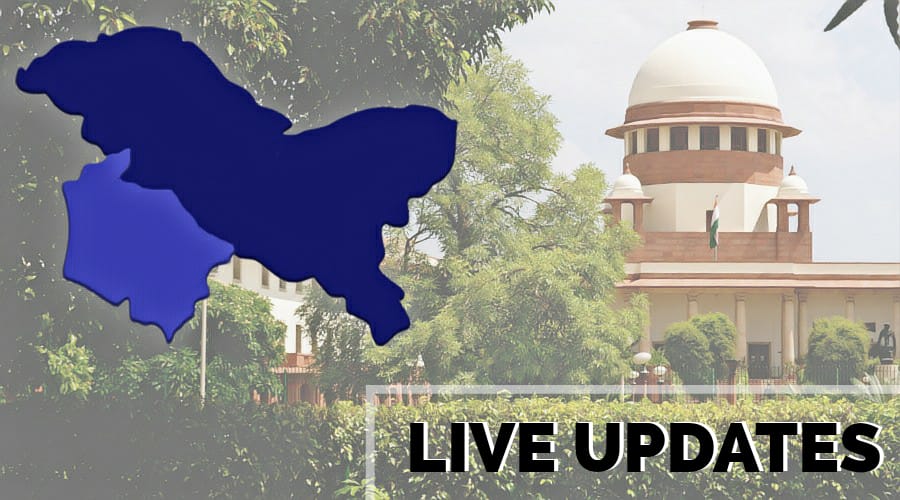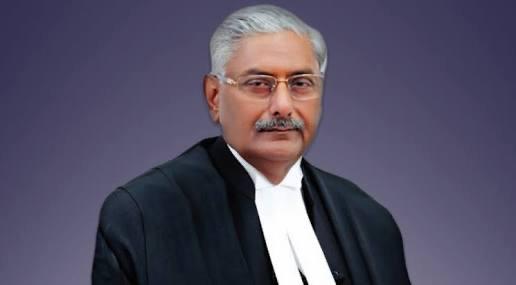#Kashmir
#Article370
#SupremeCourt

Ramchandran: Two volumes are constitution of J&K and set of whole papers itself. Let's not go by the number of pages.
Dhavan: proposing that some volumes may be given after the hearing has commenced
Dhavan: It will happen as it goes along. Leave it to our discipline, Your Lordships
1. Whether using temporary cover of president's rule, the power available to UOI and governor, which is temporary in nature, whether this can be used to bring about irreversible change in a federal relationship between a State of Union and Union (1/2)
Ramachandran: These are the two main heads which will contain my arguments
Justice Kaul: We are aware of the judgments, but we just want the case to open first
Ramachandran: Some portions of the letter have become irrelevant as J&K had become an integral part of India, but I read it out for completion
Ramchandran: Both the instrument of accession and the Governor General's letter of acceptance were in English
Senior Counsel Raju Ramachandran continues to make his submissions on behalf of Shah Faesal, Shehla Rashid and others. #Article370 #SupremeCourt
Justice Ramana agrees with the request, seeks elucidation of the point Ramachandran is trying to make. #Article370
Justice Gavai (in jest): You have not detailed how the name Kashmir came about.
#Article370
Ramachandran: I'm sure Justice Kaul would know much more than the details we have been able to cull out.
Justice Kaul: This is why I was telling my Brother not to mention the family tree
(Everyone laughs)
Ramachandran: Simultaneously with the coming into force of the Constitution of J&K.
Ramachandran: That is just the timing at which proceedings took place, the details of which are available in public domain. #Article370
Justice Ramana: Timings should be maintained
Justice Kaul: This is a sanitary way of maintaining records of proceedings.
#Article370
Ramachandran: That is maintained as a practice. But for my arguments, it will be used to show the haste with which the decisions were taken.
#Article370
Ramachandran offers to explain the same first thing tomorrow. #Article370






